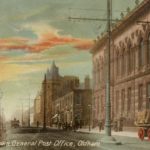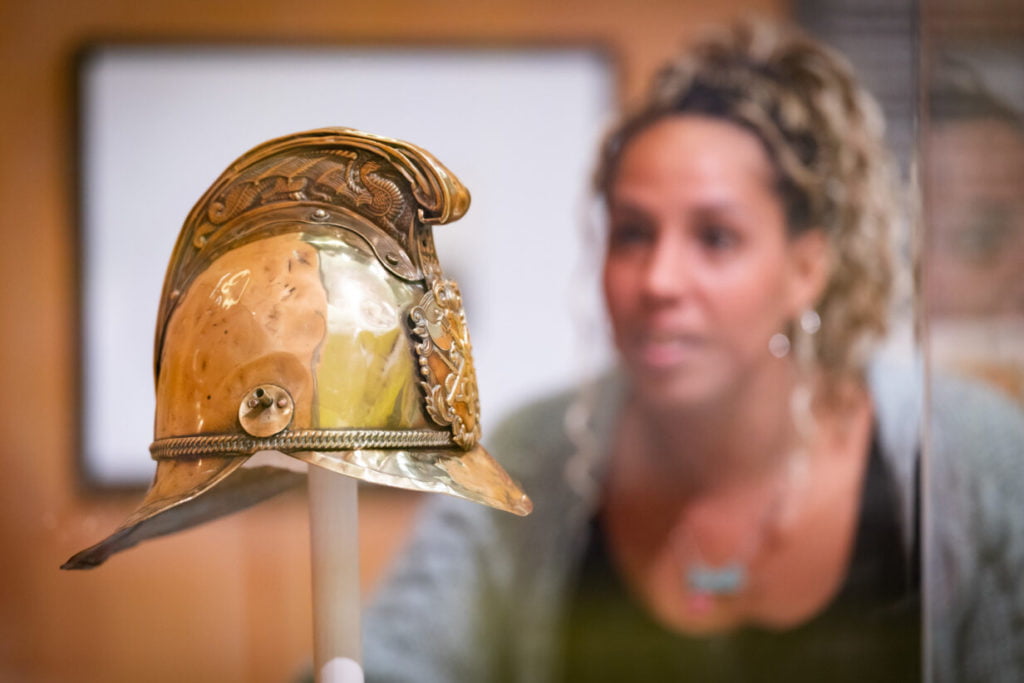
As part of our celebration of 175 years of the borough of Oldham we will be sharing a series of guest blogs linked to items on display in our exhibition. These objects have been selected by staff, councillors, friends of Gallery Oldham and members of the public. This week Councillor Peter Dean shares some of his memories and his choice of objects featured in the exhibition.
This year we are celebrating 175 of the borough of Oldham. Why is Oldham important to you?
Oldham is important to me as it is where I was born. The town has so much to offer and is sometimes a little under appreciated. It has a great history – it once made two-thirds of the world’s spun cotton, Oldham was a true work engine. Oldham has always welcomed new people. My grandparents were Irish, and I lived near St Marys; the market nearby always had a cosmopolitan atmosphere.
You have selected some objects for the 175 exhibition, why did you select these items?
For the exhibition I have selected some photographs of the fire at the Victoria Market Hall, which burnt down in 1974. I lived near the market area for many years. The building was iconic with classic Victorian architecture, a wrought iron and glass roof and stone façade. It was a sad thing to see it up in flames. When the fire broke out, I was on duty as a firefighter. For several days after the fire when we were dampening down the building, many Oldhamers came to look, and some stood in tears. It was part of the heritage of the town and people had fond memories of the traditional shops and stalls.
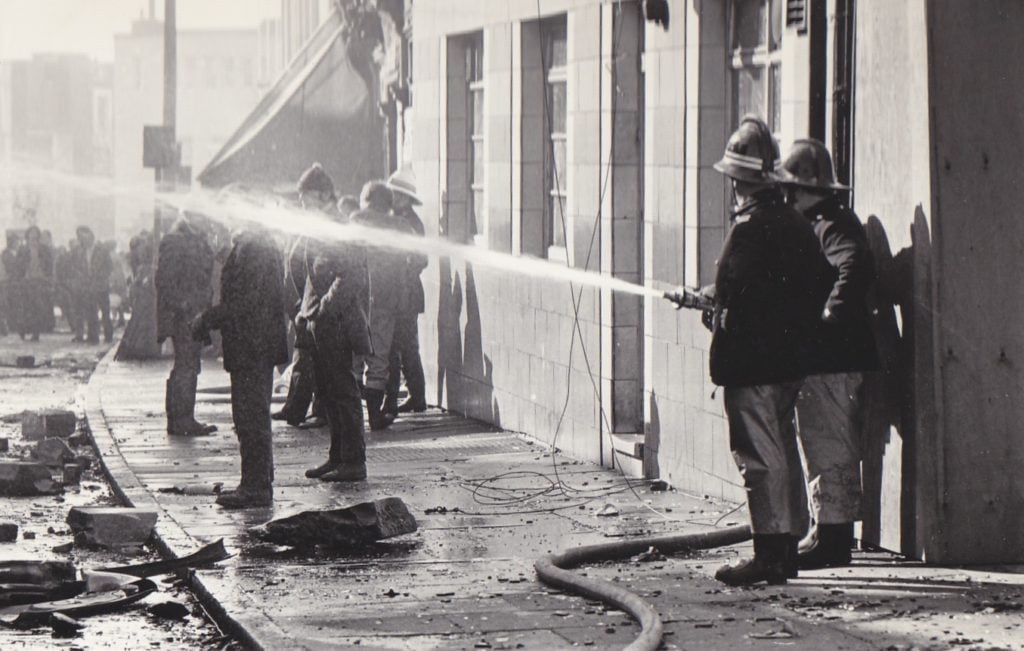
At the time Oldham had one of the largest markets in the country. The outdoor market had over 500 stalls and there were about 120 indoor shops. Stalls were in demand and there were hundreds of people wanting to start businesses on the waiting lists. Shops were expensive and the markets were a great place to find cheaper, good quality goods. People would say they were ‘Going Up Town’ which meant they were visiting the market. There was a great social side to the market, people would meet their neighbours and chat with stall holders.
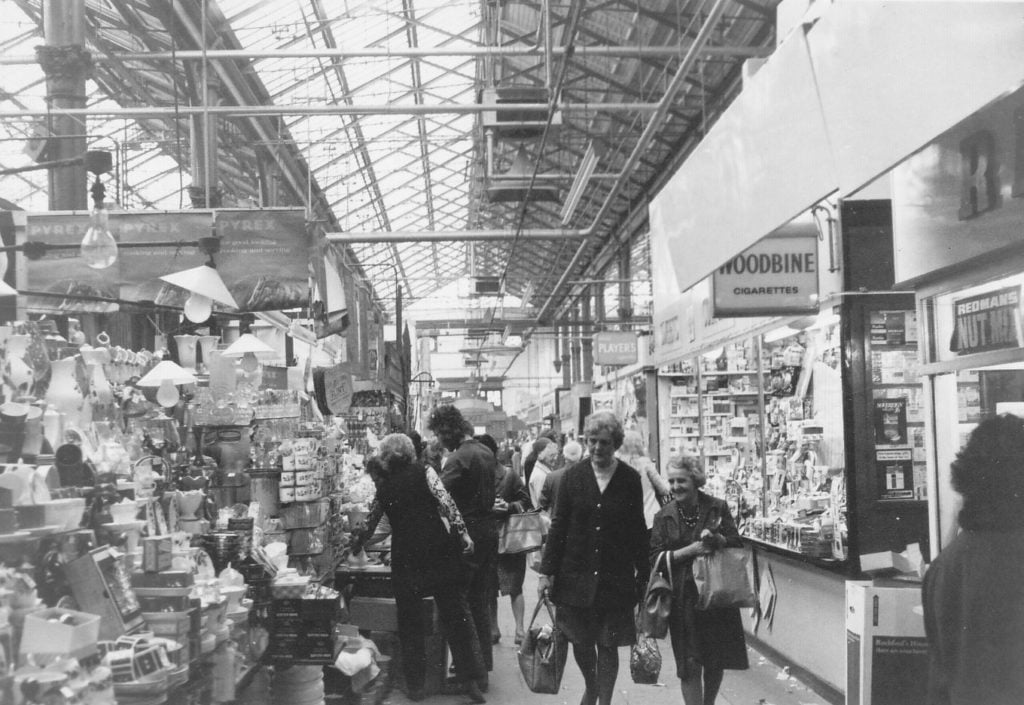
Can you tell us a little about your career as a fire fighter?
I became a firefighter in 1961 and worked for the fire service for nearly thirty years. During my early career, mill fires were very common. We were usually called to 6 or 7 a week, where machinery had caught fire. Certain parts of the machinery were prone to fire, particularly Bale breaker machines which were used to break up the cotton bales on arrival at the mill. If there were any impurities in the bale it would ignite the cotton fibres. It was difficult to put out the fires and we would have to crawl underneath the machinery wearing heavy protective equipment. With the sprinkler system raining down on us, our uniform got very wet and even heavier. Cotton was very slow burning so if we didn’t put out all the fire, it would just reignite when they turned the machinery back on.
One mill fire really stands out in my memory, Asa Lees Mill on Huddersfield Road. It was very unusual as we were fighting a fire in subzero temperatures, some of the fire fighters had icicles hanging from their helmets.
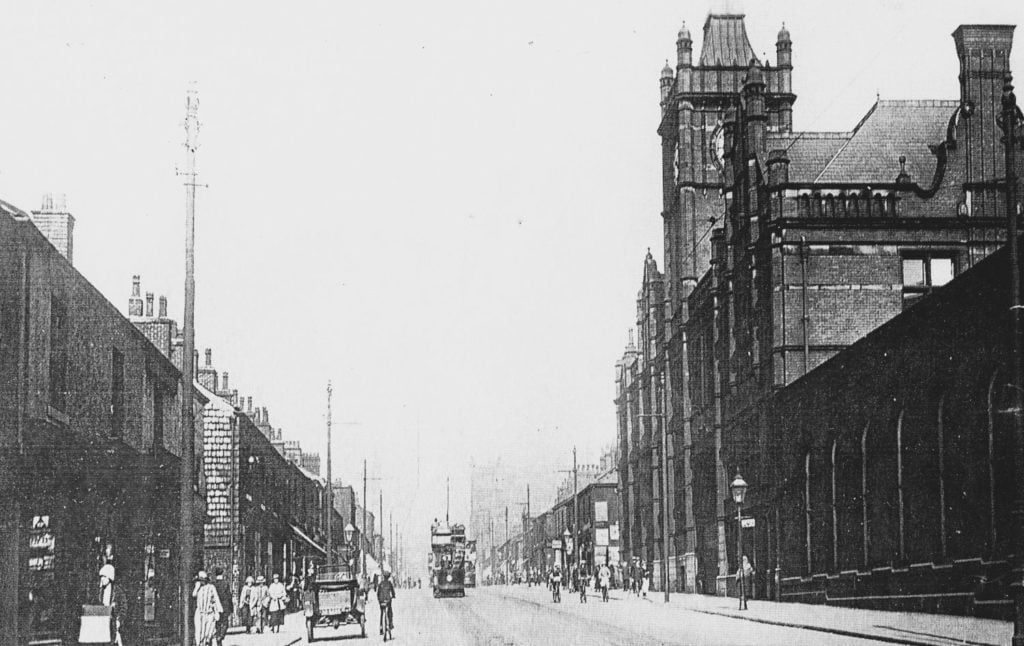
What do you remember about the fire at Victoria Market Hall?
It was about 3 o’clock in the morning. We were coming back from another job via Ashton Road and saw a fire ball in the sky. We were diverted to Victoria Market Hall along with 20 pumps from other authorities. Like most fires, it was confusing, but we were surprised at the extent of the fire when we got there. It was unusual that a fire in the centre of Oldham would have got underway so quickly as the town centre was patrolled.

For the first few hours we tried our best but none of the building could be saved except the façade. The Victoria Market Hall was the beating heart of Oldham and it was gone in one evening. So many businesses were effected but the Council established a new temporary market hall within only 4 months.
Where is your favourite place to go in Oldham?
My favourite place has changed over time. I loved walking around Tandle Hill when I was a little younger, it has lovely views of Oldham.
I also have great memories of Oldham Edge as a child – it was a great playground. Living on Henshaw St was very exciting as you often saw the tank regiment which regularly drove tanks up and down the road to house them in the huge tank sheds. You can still see the old Drill Hall. The tanks would carry out exercises all over Oldham Edge churning up the ground. The 41st Tank Regiment was given the Freedom of the Borough in July 1954.

Oldham has changed a lot over 150 years, what do you think Oldham should be proud of?
Oldham should be proud of the housing that has been created. The standard of housing was awful in Oldham with substandard back-to-back and terraced housing. As a firefighter I saw many tragedies because of poor quality housing. In the 1950s and 1960s Oldham had a social housing revolution, building thousands of new homes, this was a massive change.
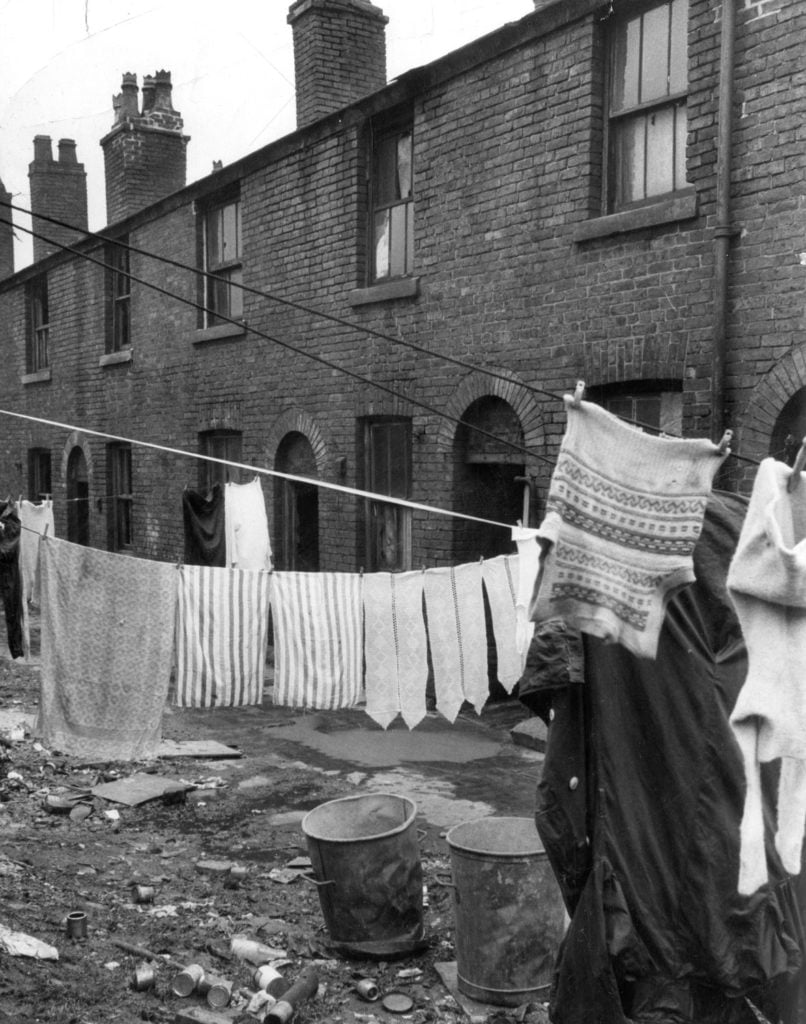
Oldham should also be proud that it is ahead of the curve, making plans to redevelop the town centre. Building a new Oldham Local Studies and Archives and event space to encourage footfall in the town centre and utilising empty retail space to create new offices.
If you could fast forward another 25 years, what would you like to see in Oldham when we celebrate 200 years?
More green space and a cleaner, better environment to live and work in. I’d like to see travel without cars and reduced pollution with a booming economy where mixed communities can work and live happily together.
If you look at pictures of Oldham from 75 years ago there was hardly any vegetation. Today you can see how much greener Oldham is and how much improvements such as developing parks and green spaces have had on Oldham.


